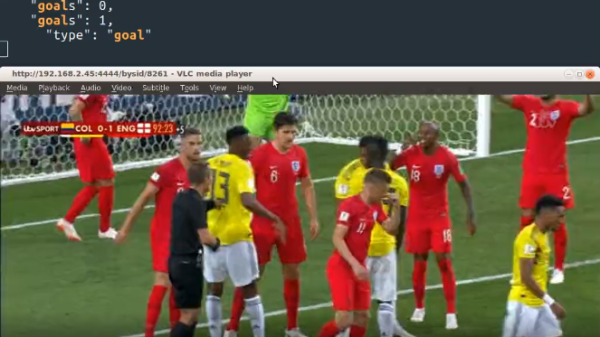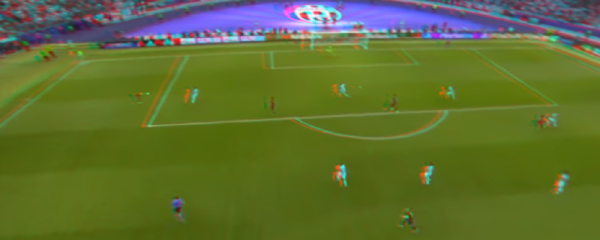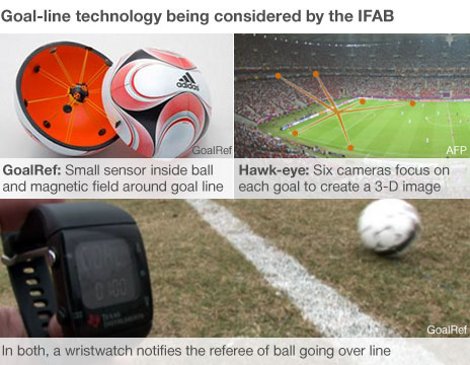[Ben] made an interesting discovery during the FIFA World Cup in 2018, and used it to grant himself the power to call goals before they happened. Well, before they happened on live TV or live streaming, anyway. It was possible because of the broadcast delay on “live” broadcasts, combined with the sports betting industry’s need for timely and detailed game state tracking.
He discovered that a company named Running Ball provides fairly detailed game statistics in digital form, which are generated from inside the stadium as events occur. An obvious consumer of this data are sports betting services, and [Ben] found a UK betting site that exposed that information in full inside their web app. By polling this data, he measured a minimum of 4 seconds between an event (such as a goal) being reported in the data and the event occurring on live TV. The delay was much higher — up to minutes — for live streaming. [Ben] found it quite interesting to measure how the broadcast delay on otherwise “live” events could sometimes be quite significant.
Knowing broadcast delays exist is one thing, but it’s a neat trick to use it to predict goals before they occur on “live” television. This isn’t the first time we’ve seen evidence of [Ben]’s special interest in data and using it in unusual ways; he once set up a program to play Battleship over the Border Gateway Protocol (BGP), making it very probably the first board game played over BGP.














